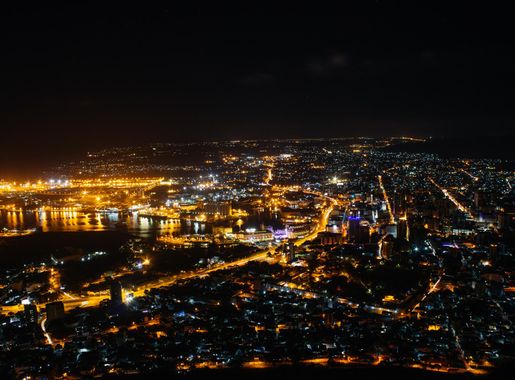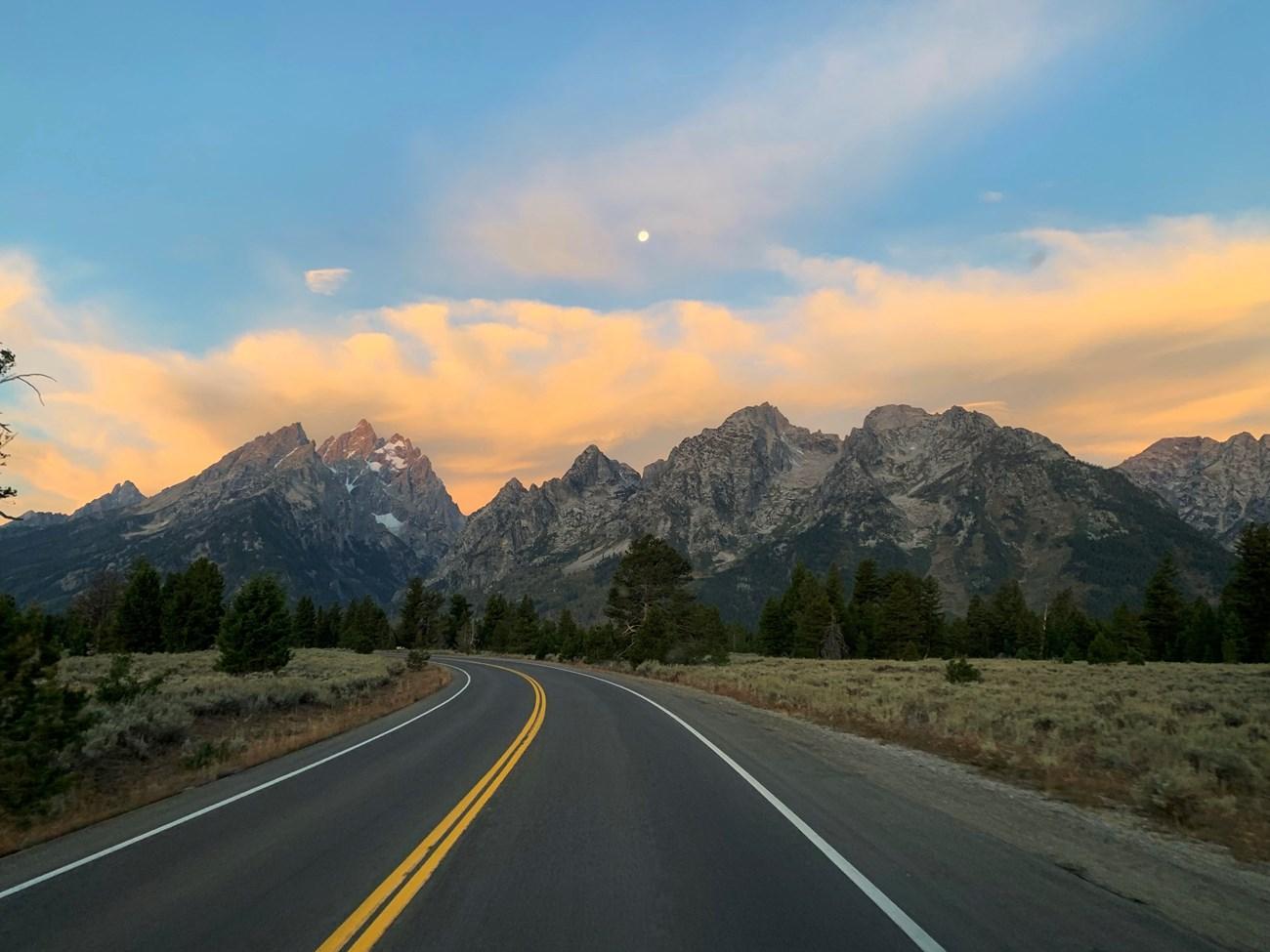
Trou aux Cerfs: The Sleeping Volcano of Mauritius
Discover the serene beauty and panoramic views of Trou aux Cerfs, the dormant volcanic crater in Curepipe, Mauritius, surrounded by lush greenery and rich in local folklore.
Trou aux Cerfs is a dormant volcanic crater situated in the heart of Curepipe, Mauritius. It offers a breathtaking panoramic view that stretches from the lush greenery of the island to the azure waters of the Indian Ocean. The crater, around 300 meters in diameter and 80 meters deep, is a serene spot, covered with dense forest and a peaceful trail for those who enjoy leisurely walks. This natural wonder is not just about the views; it’s also steeped in local folklore and geological significance. The volcano is believed to have been dormant for thousands of years, and the area around it is rich in flora and fauna, making it a haven for nature lovers and photography enthusiasts. Visitors can explore the well-maintained paths around the crater's rim, providing a unique vantage point to appreciate the island's unique topography. The site is easily accessible from Curepipe, and a visit here can be conveniently paired with other attractions in the town, such as the botanical gardens and local markets.
Local tips in Trou aux Cerfs
- Visit early in the morning for the best light and fewer crowds.
- Bring a camera to capture the stunning panoramic views.
- Wear comfortable shoes as the paths can be uneven.
- Check the weather forecast; the views are best on clear days.
- Combine your visit with a trip to nearby Curepipe attractions.
Trou aux Cerfs: The Sleeping Volcano of Mauritius
Trou aux Cerfs is a dormant volcanic crater situated in the heart of Curepipe, Mauritius. It offers a breathtaking panoramic view that stretches from the lush greenery of the island to the azure waters of the Indian Ocean. The crater, around 300 meters in diameter and 80 meters deep, is a serene spot, covered with dense forest and a peaceful trail for those who enjoy leisurely walks. This natural wonder is not just about the views; it’s also steeped in local folklore and geological significance. The volcano is believed to have been dormant for thousands of years, and the area around it is rich in flora and fauna, making it a haven for nature lovers and photography enthusiasts. Visitors can explore the well-maintained paths around the crater's rim, providing a unique vantage point to appreciate the island's unique topography. The site is easily accessible from Curepipe, and a visit here can be conveniently paired with other attractions in the town, such as the botanical gardens and local markets.
When is the best time to go to Trou aux Cerfs?
Iconic landmarks you can’t miss
Casela Nature Parks
Immerse yourself in nature at Casela Nature Parks, a thrilling amusement park and zoo in Mauritius, perfect for adventure seekers and wildlife lovers.
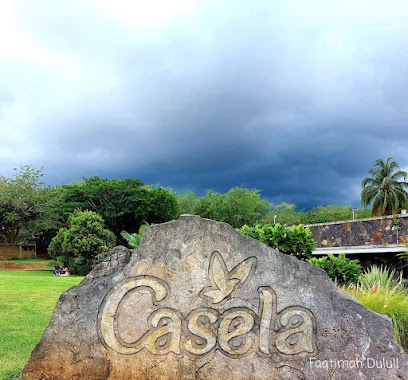
La Vallée Des Couleurs Nature Park
Explore the vibrant landscapes and thrilling adventures at La Vallée Des Couleurs Nature Park, a must-visit destination for every tourist in Mauritius.
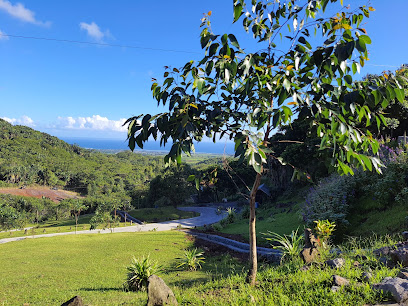
La Vanille Nature Park
Discover La Vanille Nature Park, a premier animal park in Mauritius where unique wildlife encounters and conservation education come together.
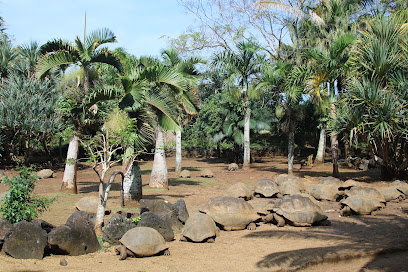
Black River Gorges National Park
Discover the natural wonders of Black River Gorges National Park, a must-visit destination for nature lovers and adventure seekers in Mauritius.
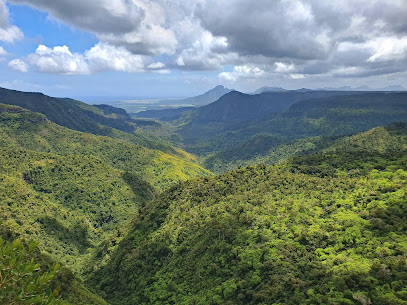
Trou Aux Cerfs Volcano
Discover the stunning beauty and serene atmosphere of Trou Aux Cerfs Volcano, a must-visit natural wonder in the heart of Mauritius.
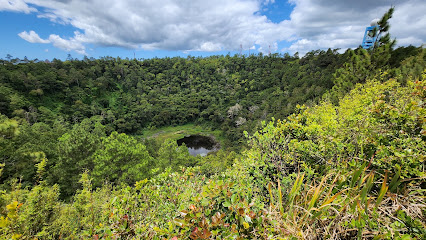
Gorges Viewpoint
Experience the breathtaking beauty of Gorges Viewpoint in Mauritius, a must-visit destination for nature lovers and photographers, showcasing stunning landscapes.
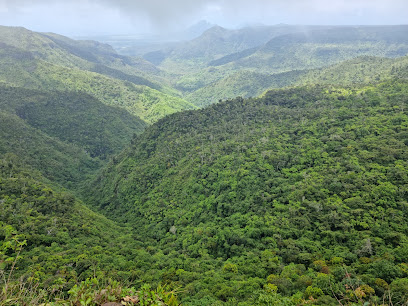
Mahébourg Waterfront
Experience the picturesque Mahébourg Waterfront, where history meets stunning views in the heart of Mauritius, perfect for every traveler.
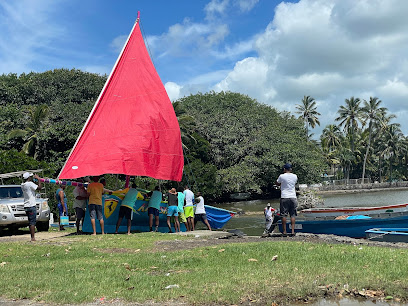
Ile aux Cerfs Leisure Island
Experience the breathtaking beauty of Ile aux Cerfs Leisure Island, a tropical paradise offering pristine beaches and thrilling water sports in Mauritius.
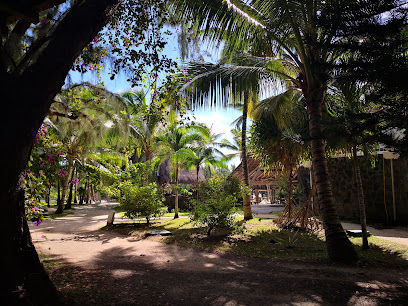
Maconde Viewpoint
Experience breathtaking views and serene beauty at Maconde Viewpoint, one of Mauritius' most scenic tourist attractions.
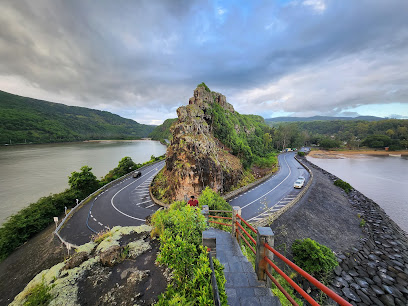
Lari Bees (LARI HONEY)
Explore Lari Bees in Curepipe, Mauritius for an unforgettable journey into the sweet world of honey production and beekeeping.

Macchabée Viewpoint
Explore the mesmerizing beauty of Macchabée Viewpoint in Chamarel, Mauritius, where panoramic views and vibrant landscapes await.
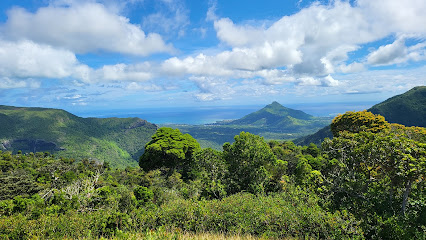
Sept Cascades
Discover the breathtaking beauty of Sept Cascades, a stunning natural wonder featuring seven magnificent waterfalls in the heart of Mauritius.
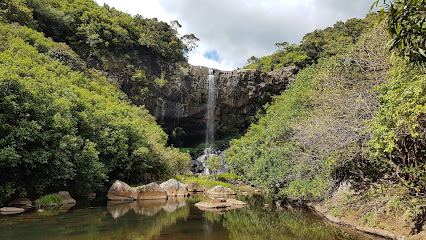
Jay7Cascades
Experience the stunning beauty of Jay7Cascades, a captivating series of waterfalls nestled in the lush landscapes of Vacoas-Phoenix, Mauritius.

Trou aux cerfs parking
Explore the serene beauty of Trou aux Cerfs Parking, the gateway to nature's wonders in Vacoas-Phoenix, Mauritius.
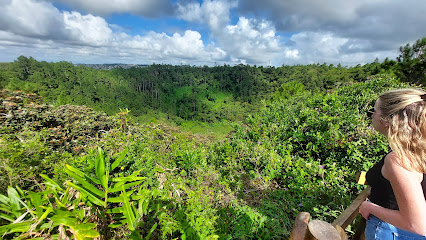
Mare Aux Joncs, Black River Gorges, Mauritius Waterfall
Experience the natural beauty of Mare Aux Joncs Waterfall in Black River Gorges, a perfect destination for hiking and nature exploration.
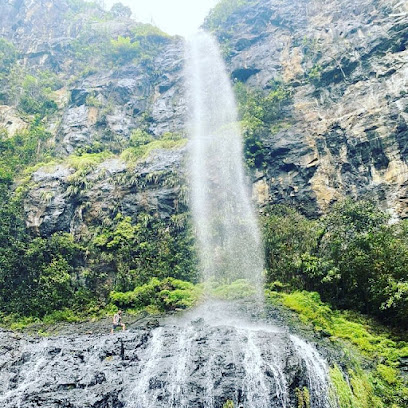
Unmissable attractions to see
Dolswim Ltd
Experience the thrill of whale watching in Mauritius with Dolswim Ltd, the premier tour agency for unforgettable marine adventures.
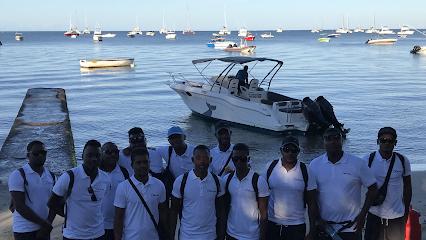
JPH Charters (Point of embarkation)
Experience unforgettable fishing adventures at JPH Charters in Black River, Mauritius, with stunning views and expert guidance.
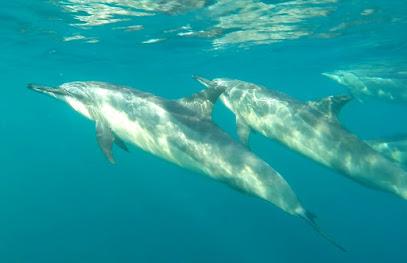
Vallée d'Osterlog
Discover the tranquility of Vallée d'Osterlog, a stunning nature preserve in Cluny, Mauritius, perfect for hiking, birdwatching, and relaxation in nature.
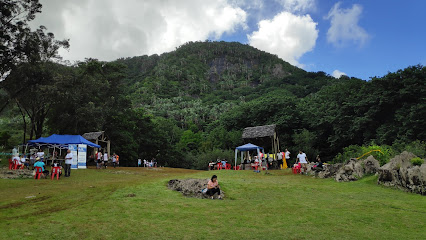
Aircraft Landing Viewpoint
Experience the thrill of aviation at the Aircraft Landing Viewpoint in Mauritius, a hidden gem for plane enthusiasts and photography lovers.
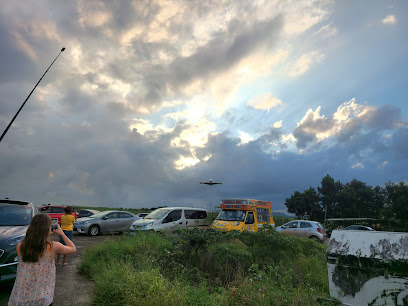
Domaine L’arbre du Voyageur
Discover the enchanting beauty of Domaine L’arbre du Voyageur in Curepipe, a perfect blend of nature, cuisine, and hospitality in Mauritius.
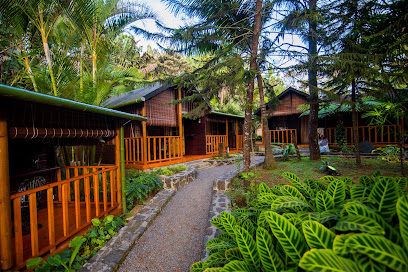
Tulawaka Gold Coaster
Experience the adrenaline rush and family fun at Tulawaka Gold Coaster, a top amusement park in Cascavelle, Mauritius, offering thrilling rides for all ages.
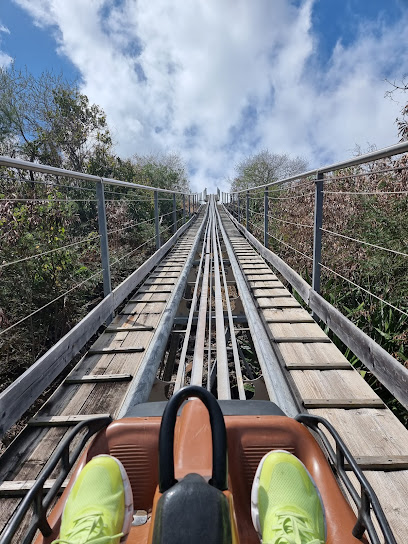
Thien-Thane Pagode
Experience the serene beauty and rich cultural heritage of Thien-Thane Pagode, a must-visit spiritual sanctuary in Port Louis, Mauritius.
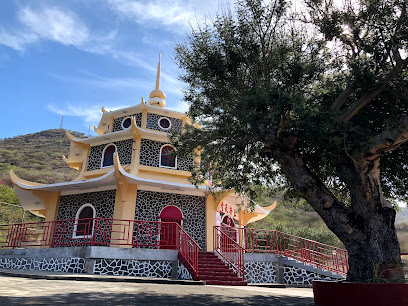
Le Reduit
Explore Le Reduit, a captivating museum in Moka, Mauritius, where history and culture come alive through fascinating exhibits and beautiful surroundings.
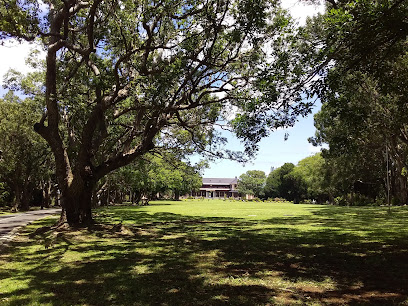
Embarkation Point Adrien's Dream
Discover the stunning coastal beauty and thrilling adventures at Embarkation Point Adrien's Dream in Flic en Flac, your gateway to Mauritius' aquatic wonders.
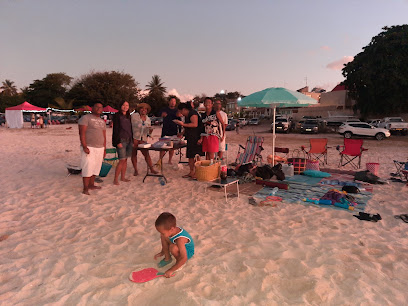
Belle Terre Highlands Leisure Park
Experience thrilling rides and family fun at Belle Terre Highlands Leisure Park, a top amusement park in Vacoas-Phoenix, Mauritius.
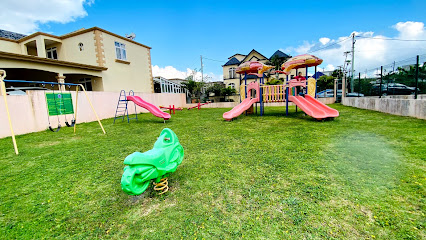
Midlands dam view point
Discover the breathtaking Midlands Dam View Point in Mauritius, a serene escape with stunning landscapes perfect for nature lovers and photographers.
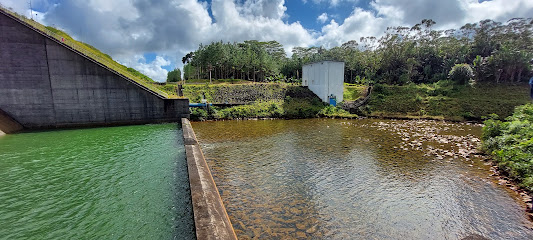
Wes Aventure Randonnées
Discover breathtaking trails and vibrant landscapes at Wes Aventure Randonnées, the premier hiking destination in Vacoas-Phoenix, Mauritius.
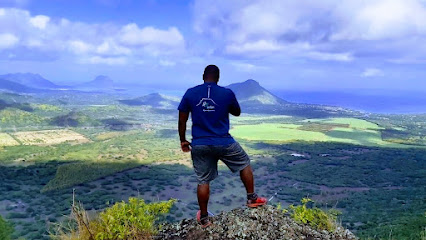
Ciel Et Nature Morc Surprise
Immerse yourself in the tranquil beauty of Ciel Et Nature Morc Surprise, a hidden gem in Telfair, Moka, perfect for relaxation and exploration.

FROBERVILLE lane
Discover the vibrant charm of FROBERVILLE Lane in Vacoas-Phoenix, a captivating tourist attraction reflecting the rich culture and flavors of Mauritius.
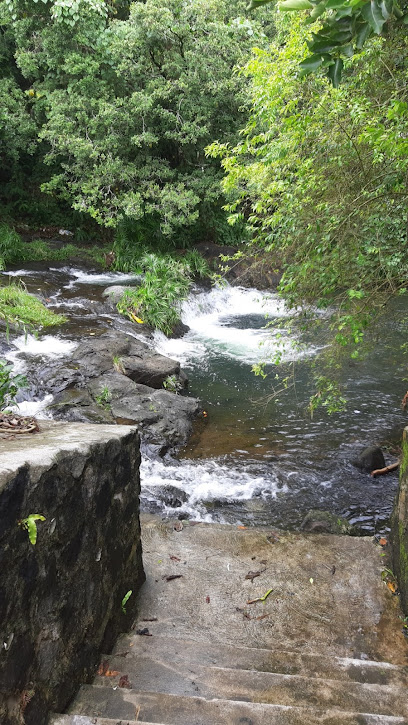
War memorial
Explore the poignant War Memorial in Curepipe, a serene tribute to valor and sacrifice, surrounded by tranquil gardens and rich local history.
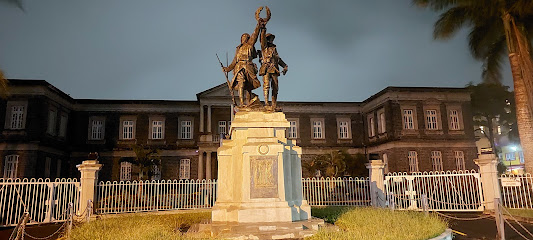
Essential places to dine
Le Sapin d'Or
Experience the flavors of Mauritius at Le Sapin d'Or in Curepipe – where culinary tradition meets modern dining.
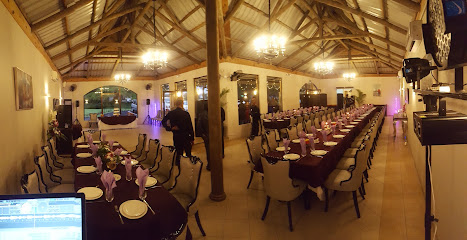
Sands Grill
Experience exquisite dining at Sands Grill on Ile aux Cerfs - where local flavors meet stunning island views.
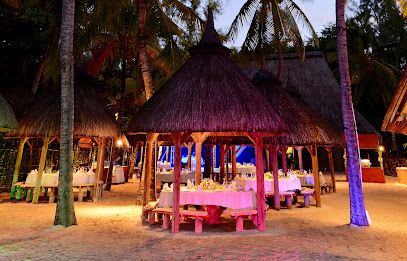
Kasafé
Experience the vibrant flavors of Mauritius at Kasafé in Curepipe—a culinary haven for food lovers seeking local delights.
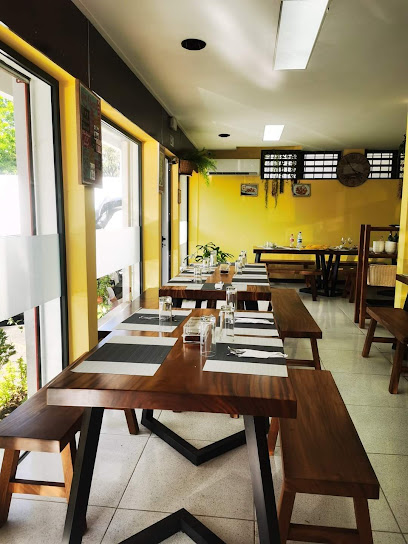
Treasures Chinese Restaurant
Savor the authentic taste of China at Treasures Chinese Restaurant in Vacoas-Phoenix – where flavor meets tradition.
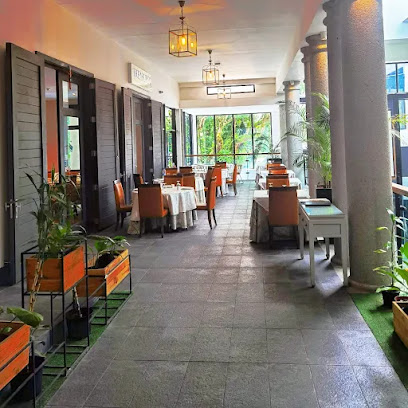
Bistro 88
Discover the flavors of Floreal at Bistro 88 - where gourmet hamburgers meet a vibrant dining atmosphere.
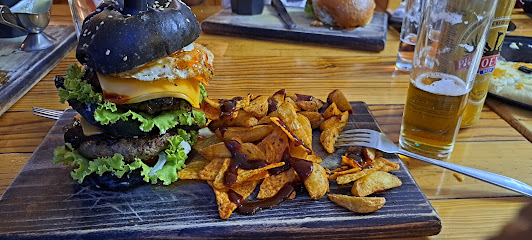
Nando's Soflo
Savor the authentic taste of South Africa at Nando's Soflo in Floreal – where peri-peri chicken meets family-friendly dining.
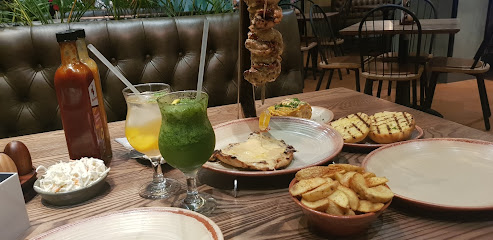
Kesar Indian Restaurant Floreal
Savor authentic Indian cuisine at Kesar Indian Restaurant in Floreal - a delightful dining experience awaits every tourist.
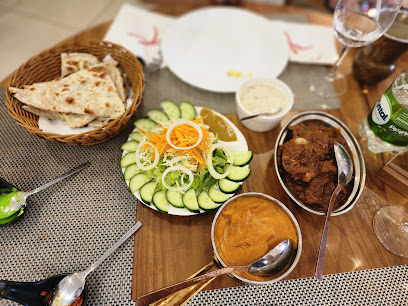
Flamboyant Restaurant
Discover the flavors of Mauritius at Flamboyant Restaurant in Curepipe—where authentic Mauritian and Indian cuisine comes alive.
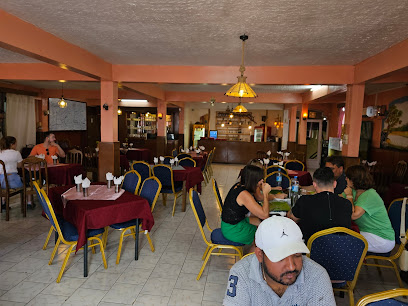
Restaurant La Clef Des Champs
Experience the essence of Mauritian cuisine at Restaurant La Clef Des Champs—where tradition meets innovation.
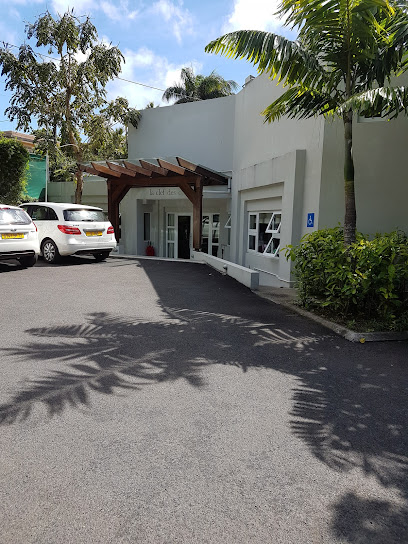
Dholl Puri Trou au Cerfs (Bye Assim)
Experience authentic Mauritian street food at Dholl Puri Trou au Cerfs in Curepipe – where every bite tells a story.
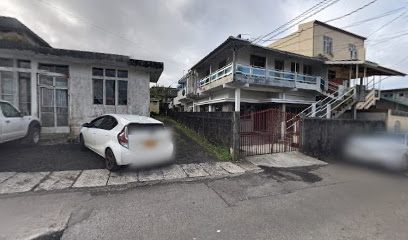
AK GOURMET
Experience exceptional seafood and steak dishes in the heart of Curepipe at AK Gourmet - a culinary gem in Mauritius.
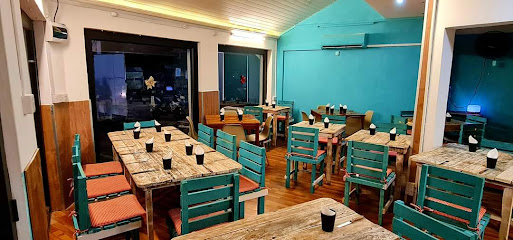
Indian Swad So’flo
Discover the rich tapestry of flavors at Indian Swad So’flo in Vacoas-Phoenix - an authentic taste of India awaits!
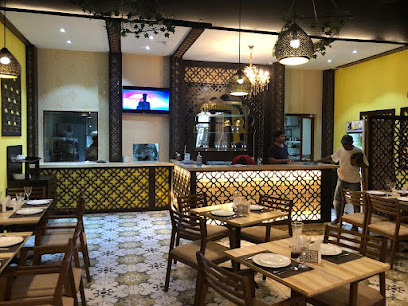
Chef veeren resto(ex paps resto Eau Coulée
Experience authentic Mauritian cuisine at Chef Veeren Resto in Curepipe, where every dish tells a story of flavor and tradition.

Kot Marie-Michèlle Table d'Hôte
Savor authentic Creole cuisine in the scenic Midlands at Kot Marie-Michèlle Table d'Hôte - where every meal is a taste of Mauritius.

Langer's Bar & Grill
Discover exquisite Mauritian flavors at Langer's Bar & Grill on Ile aux Cerfs – where culinary delights meet breathtaking island views.
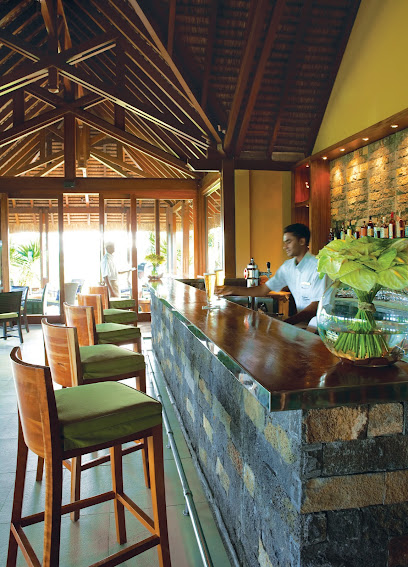
Markets, malls and hidden boutiques
Trou Aux Cerfs Volcano
Explore Trou Aux Cerfs Volcano: A serene and stunning natural wonder in the heart of Mauritius, perfect for nature lovers and adventure seekers.

Arcade Salaffa
Visit Arcade Salaffa for a delightful shopping experience in Curepipe, Mauritius, where local flair meets international brands.
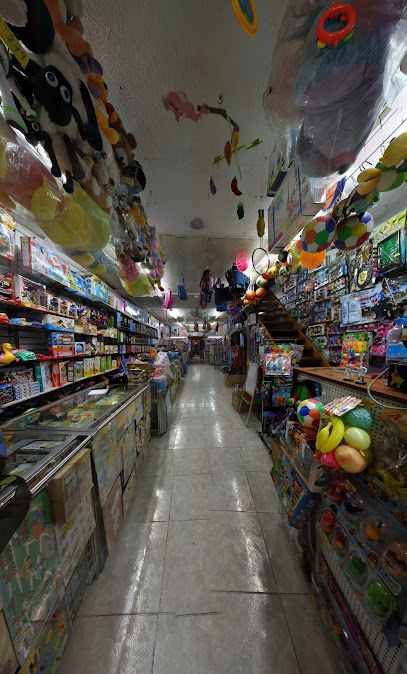
Intermart So'flo
Explore a vibrant shopping experience at Intermart So'flo in Curepipe, where local culture meets global brands in a modern mall setting.
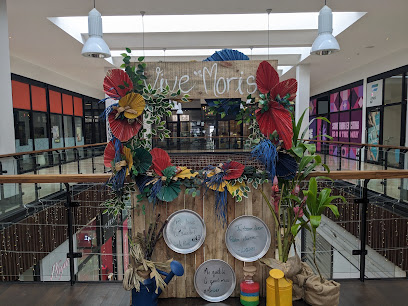
Ruisseau Creole
Explore Ruisseau Creole, a vibrant shopping mall in La Preneuse, Mauritius, offering unique local crafts, dining, and a lively atmosphere.
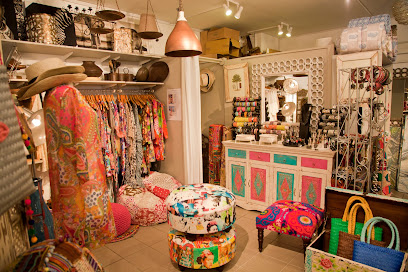
Mauritius Duty Free Paradise Co Ltd.
Explore the ultimate shopping experience at Mauritius Duty Free Paradise, where luxury meets local charm in a unique airport setting.

Voiliers de l'océan (Ship Models)
Explore the exquisite craftsmanship of ship models at Voiliers de l'océan in Curepipe, Mauritius, where maritime heritage comes to life.
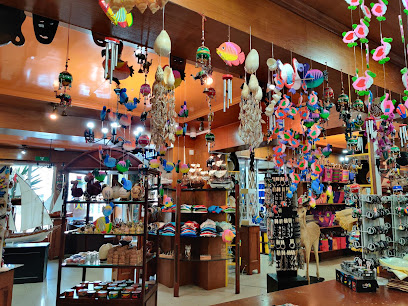
TiGadget Curepipe Gift Shop
Explore TiGadget Curepipe Gift Shop for unique Mauritian crafts, local art, and unforgettable souvenirs in the heart of Curepipe.
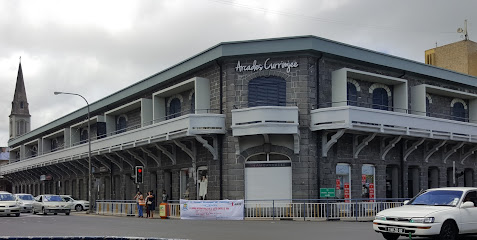
Adamas Ltd
Explore Adamas Ltd in Curepipe for exquisite duty-free diamonds, jewelry, and watches, offering a luxurious shopping experience in Mauritius.
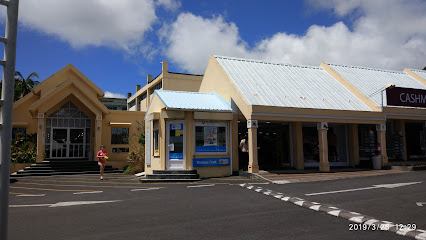
Jetha Tulsidas
Explore Jetha Tulsidas: A unique gift shop in Curepipe, Mauritius, offering fashion accessories, clothing, and wedding items that celebrate local culture.
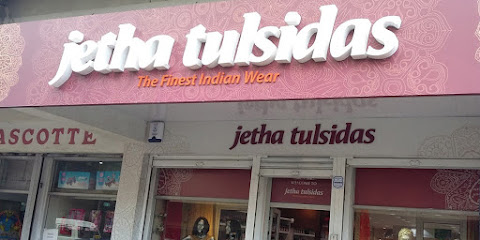
Tropic Knits Group
Discover the vibrant styles of Mauritius at Tropic Knits Group, where local craftsmanship meets tropical fashion in Vacoas-Phoenix.
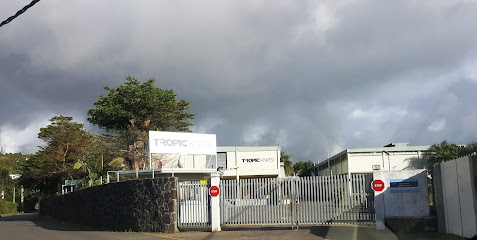
DECOSOLEIL
Explore Decosoleil: Your ultimate destination for unique fabrics and vibrant textiles in the heart of Mauritius.
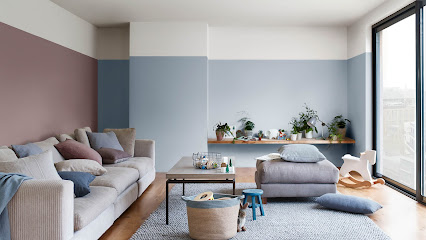
Crafts Gallery Ltd
Explore luxury and local craftsmanship at Crafts Gallery Ltd, a premier duty-free store and diamond dealer in Floreal, Curepipe.
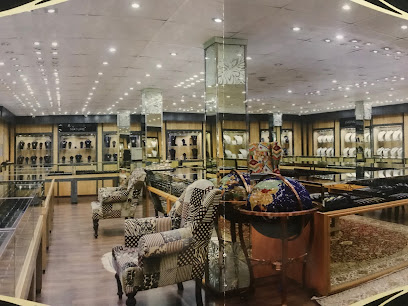
Almaz Collection ltd
Explore Almaz Collection Ltd, a premier duty-free shopping destination in Floreal, Mauritius, offering luxury goods and local treasures at unbeatable prices.
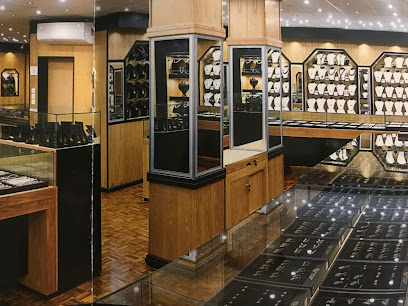
Mel's Crafts Mauritius
Explore Mel's Crafts Mauritius for unique gifts, personalized souvenirs, and a taste of local craftsmanship in Trou aux Cerfs.

Atelier Clinic Mauritius
Atelier Clinic Mauritius: Your Destination for Holistic Health and Beauty Treatments in Paradise.
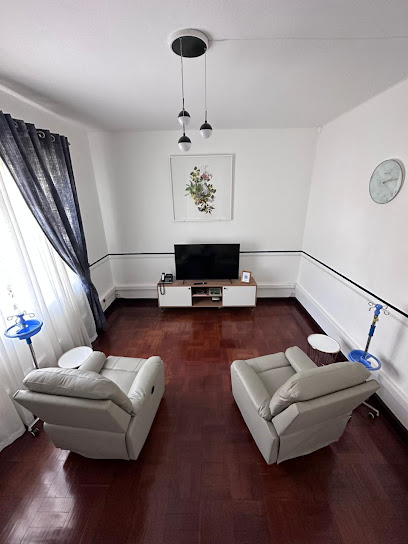
Essential bars & hidden hideouts
The Irish Pub & Restaurant
Discover the vibrant blend of Irish hospitality and local flavors at The Irish Pub & Restaurant in Quatre Bornes, Mauritius.
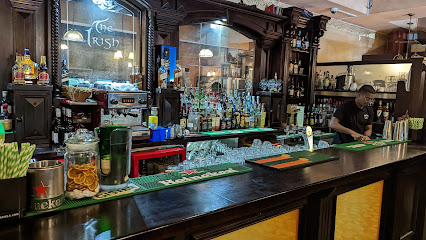
Big Willy's
Discover the vibrant atmosphere of Big Willy's, where delicious tapas meet lively nightlife in the heart of Tamarin, Mauritius.
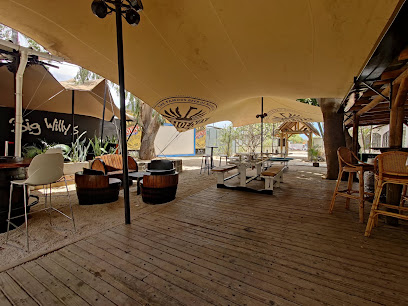
Kenzi Bar Resto
Discover Kenzi Bar Resto in Flic en Flac for an unforgettable dining experience with exquisite grilled dishes and a vibrant atmosphere.
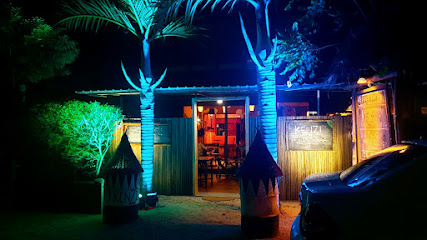
Ti Mari Restaurant & Bar
Experience the lively atmosphere and delightful flavors at Ti Mari Restaurant & Bar in Vacoas-Phoenix, a must-visit for all travelers.
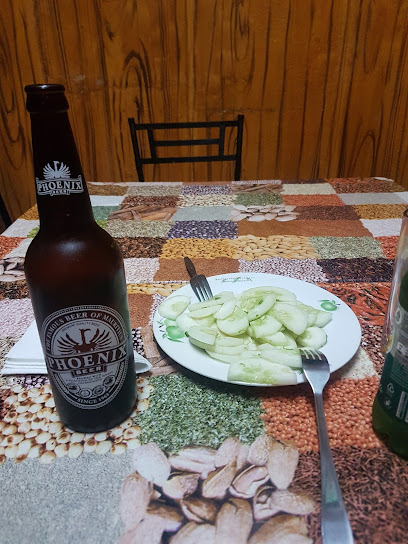
Dholl Puri Trou au Cerfs (Bye Assim)
Savor the authentic taste of Mauritius at Dholl Puri Trou au Cerfs, where every bite tells a story of culinary heritage.
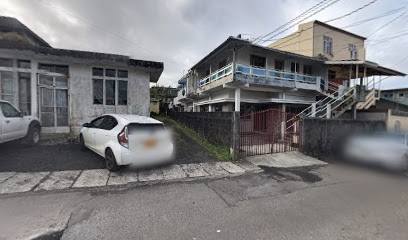
Sky on 12 Lounge
Experience breathtaking views and vibrant nightlife at Sky on 12 Lounge, the ultimate pub destination in Quatre Bornes.
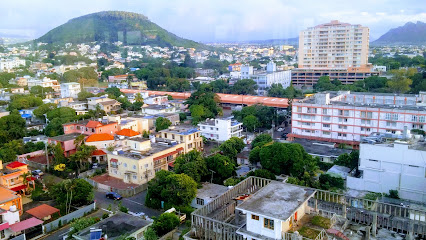
Still & Sparkles
Discover the delightful flavors of Mauritius at Still & Sparkles, a vibrant gastropub in Quatre Bornes offering a unique culinary experience.
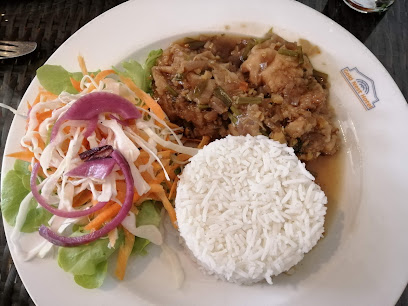
Moment of bliss
Discover the serene escape of Moment of Bliss in Quatre Bornes, Mauritius – a bar offering refreshing drinks and a welcoming atmosphere.
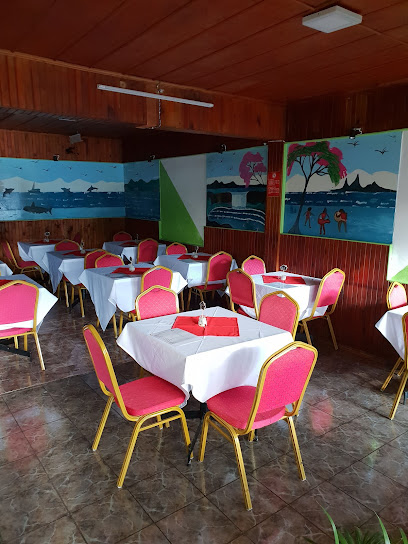
Venici Resto Pub
Discover the heart of Curepipe at Venici Resto Pub, where vibrant atmosphere meets delicious local cuisine for an unforgettable experience.

Momiel ltd
Discover the vibrant atmosphere of Momiel Ltd, a unique beer garden in Curepipe, where local flavors meet a lively social scene.
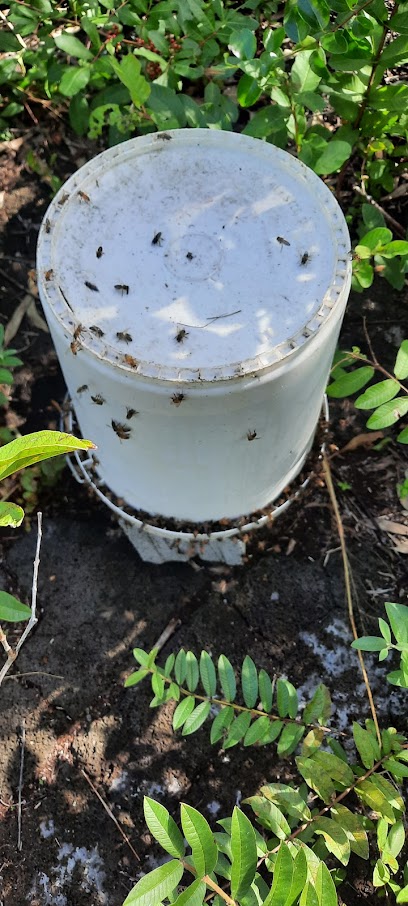
Gold Resto & GriLL
Experience a vibrant culinary journey at Gold Resto & GriLL in Dubreuil, where exquisite flavors and a lively atmosphere await every visitor.
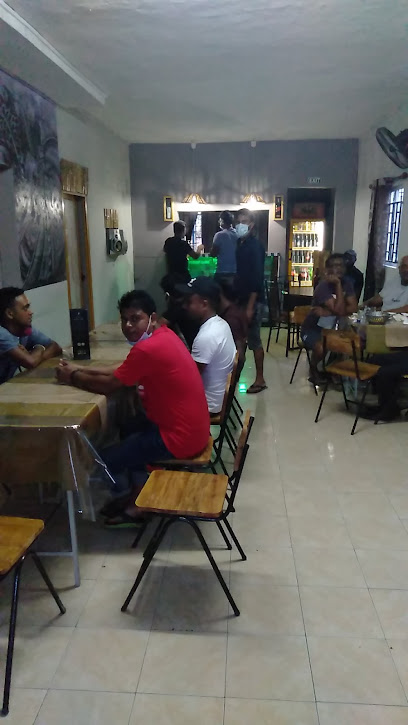
Nobby's Resto & Bar
Experience the flavors of Mauritius at Nobby's Resto & Bar, where grilled delights and a vibrant atmosphere await in Curepipe.

EndZone Bar(24/7)
Experience the vibrant atmosphere of EndZone Bar in Curepipe, your 24/7 destination for grilled delights and nightlife.

Bière
Experience the vibrant culture of Curepipe at Bière, a welcoming beer hall offering local brews and delicious Mauritian snacks.

Chez babau
Discover the heart of Curepipe at Chez Babau, a charming bar perfect for relaxation and experiencing local flavors.

Local Phrases about Trou aux Cerfs
-
- HelloBonjour
[bon-zhoor] - GoodbyeAu revoir
[oh rev-wah] - YesOui
[wee] - NoNon
[nohn] - Please/You're welcomeS'il vous plaît/De rien
[seel voo pleh/dee ryen] - Thank youMerci
[mehr-see] - Excuse me/SorryExcusez-moi/Désolé
[ex-kew-zay-mwah/day-zoh-lay] - How are you?Comment ça va?
[kom-mohn sah vah] - Fine. And you?Bien. Et vous?
[byen. ay voo] - Do you speak English?Parlez-vous anglais?
[par-lay voo ahn-glay] - I don't understandJe ne comprends pas
[zhuh nuh kohm-prahnd pah]
- HelloBonjour
-
- I'd like to see the menu, pleaseJe voudrais voir le menu, s'il vous plaît
[zhuh voo-dray vwar luh meh-noo, seel voo pleh] - I don't eat meatJe ne mange pas de viande
[zhuh nuh mahnj pah duh vyand] - Cheers!Santé!
[sahn-tay] - I would like to pay, pleaseJe voudrais payer, s'il vous plaît
[zhuh voo-dray pay-ay, seel voo pleh]
- I'd like to see the menu, pleaseJe voudrais voir le menu, s'il vous plaît
-
- Help!Au secours!
[oh seh-coor] - Go away!Allez-vous en!
[ah-lay voo zahn] - Call the Police!Appelez la police!
[ah-pay-lay lah poh-lees] - Call a doctor!Appelez un médecin!
[ah-pay-lay uh may-deh-sahn] - I'm lostJe suis perdu
[zhuh swee pair-doo] - I'm illJe suis malade
[zhuh swee mah-lahd]
- Help!Au secours!
-
- I'd like to buy...Je voudrais acheter...
[zhuh voo-dray ah-shet-ay] - I'm just lookingJe regarde juste
[zhuh ruh-gard zhuhst] - How much is it?Combien ça coûte?
[kom-byen sah koot] - That's too expensiveC'est trop cher
[say troh shair] - Can you lower the price?Pouvez-vous baisser le prix?
[poo-vez voo bay-say luh pree]
- I'd like to buy...Je voudrais acheter...
-
- What time is it?Quelle heure est-il?
[kell er ay-teel] - It's one o'clockIl est une heure
[eel ay oon er] - Half past (10)Dix heures et demie
[dees er ay d'mee] - MorningMatin
[mah-tan] - AfternoonAprès-midi
[ah-pray mee-dee] - EveningSoir
[swah] - YesterdayHier
[ee-air] - TodayAujourd'hui
[oh-zhoor-dwee] - TomorrowDemain
[duh-man] - 1Un
[uhn] - 2Deux
[duh] - 3Trois
[twah] - 4Quatre
[kat] - 5Cinq
[sank] - 6Six
[sees] - 7Sept
[set] - 8Huit
[weet] - 9Neuf
[nuff] - 10Dix
[dees]
- What time is it?Quelle heure est-il?
-
- Where's a/the...?Où est...?
[oo ay] - What's the address?Quelle est l'adresse?
[kell ay lah-dress] - Can you show me (on the map)?Pouvez-vous me montrer (sur la carte)?
[poo-vez voo muh mohn-tray (soor lah kart)] - When's the next (bus)?Quand est le prochain (bus)?
[kahn ay luh proh-shahn (boos)] - A ticket (to ....)Un billet (pour ....)
[uhn bee-yay (poor)]
- Where's a/the...?Où est...?
History of Trou aux Cerfs
-
Trou aux Cerfs is a dormant volcanic crater located in the town of Curepipe on the island of Mauritius. It is believed to have formed approximately 700,000 years ago. The crater is about 300 meters in diameter and 80 meters deep, offering a panoramic view of the surrounding landscape, including the town of Curepipe and, on clear days, even the distant peaks of the Moka Range.
-
During the colonial era, particularly under French and later British rule, Trou aux Cerfs was a site of scientific interest. Early European explorers and geologists ventured to the crater to study its formation, contributing to the broader understanding of Mauritius's volcanic origins. The crater also became a popular spot for colonial officers and their families to visit, offering a respite from the hustle and bustle of the coastal settlements.
-
During World War II, Mauritius played a strategic role as a base for Allied forces in the Indian Ocean. Trou aux Cerfs, with its elevated position and clear vantage points, was used as a lookout point. The crater's rim provided an excellent location for spotting enemy ships and aircraft, ensuring that the island remained a secure stronghold throughout the war.
-
Following Mauritius's independence in 1968, Trou aux Cerfs became a symbol of national pride and natural beauty. The site was developed into a popular tourist attraction, with the construction of viewing platforms and walking paths around the crater. Efforts were made to preserve its natural environment while making it accessible to both locals and visitors. Today, it stands as a testament to Mauritius's geological heritage and a beloved landmark.
-
In contemporary times, Trou aux Cerfs has evolved into a cultural and recreational hub. The crater's serene environment makes it a popular spot for morning jogs, picnics, and even yoga sessions. Local festivals and events are occasionally held at the site, celebrating Mauritius's rich cultural tapestry. The surrounding area has also seen the development of cafes and souvenir shops, enhancing the visitor experience.
Trou aux Cerfs Essentials
-
Trou aux Cerfs is located in the town of Curepipe in the Plaines Wilhems District of Mauritius. The nearest international airport is Sir Seewoosagur Ramgoolam International Airport, approximately 25 kilometers away. From the airport, you can take a taxi, which is the most convenient option and takes around 45 minutes. Alternatively, you can rent a car or use a combination of bus routes that connect Curepipe with various parts of the island.
-
Curepipe has a well-connected public transportation system, including buses and taxis. Buses are an affordable way to get around and can take you to most major attractions. Taxis are more convenient for shorter, direct routes, and can be hailed on the street or booked through hotel services. Car rentals are also available for those who prefer to explore the island at their own pace.
-
The official currency in Mauritius is the Mauritian Rupee (MUR). Credit cards are widely accepted in hotels, restaurants, and larger shops, but it is advisable to carry some cash for use in smaller establishments and local markets. ATMs are plentiful in Curepipe, and you can also exchange foreign currency at banks and authorized exchange bureaus.
-
Mauritius is generally a safe destination for tourists. However, it is always wise to take standard precautions such as avoiding poorly lit areas at night, not displaying valuable items, and keeping an eye on your belongings in crowded places. While Curepipe is relatively safe, it is advisable to be cautious in areas that are less frequented by tourists.
-
In case of emergency, dial 999 for police, 114 for ambulance services, and 115 for fire services. Curepipe has a local police station and medical facilities, including a hospital and several clinics. It is highly recommended to have travel insurance that covers medical emergencies. Pharmacies are available for minor health issues and over-the-counter medications.
-
Fashion: Do dress modestly, especially when visiting religious sites. Avoid overly revealing clothing. Religion: Do respect local customs and traditions. Remove your shoes and cover your head when entering religious premises. Public Transport: Do be respectful to fellow passengers and give up your seat to elderly individuals. Don’t eat or drink on public transport. Greetings: Do greet people with a handshake or a polite nod. Eating & Drinking: Do try local dishes and accept food offerings graciously. Don’t refuse hospitality, as it is considered impolite.
-
To experience Trou aux Cerfs like a local, visit the Curepipe Market where you can buy fresh produce, local crafts, and souvenirs. Engage with the locals, who are known for their friendliness and willingness to share stories about their culture and heritage. Don’t miss the opportunity to explore the nearby botanical gardens, which offer a serene escape from the bustling town center. For a unique experience, take a walk around the crater of Trou aux Cerfs, which provides panoramic views of the surrounding area.
Trending Landmarks in Trou aux Cerfs
-
Casela Nature Parks
-
La Vallée Des Couleurs Nature Park
-
La Vanille Nature Park
-
Black River Gorges National Park
-
Trou Aux Cerfs Volcano
-
Gorges Viewpoint
-
Mahébourg Waterfront
-
Ile aux Cerfs Leisure Island
-
Maconde Viewpoint
-
Lari Bees (LARI HONEY)
-
Macchabée Viewpoint
-
Sept Cascades
-
Jay7Cascades
-
Trou aux cerfs parking
-
Mare Aux Joncs, Black River Gorges, Mauritius Waterfall
Nearby Cities to Trou aux Cerfs
-
Things To Do in Flic en Flac
-
Things To Do in Chamarel
-
Things To Do in Port Louis
-
Things To Do in Bel Ombre
-
Things To Do in Mahebourg
-
Things To Do in Le Morne
-
Things To Do in Pamplemousses
-
Things To Do in Blue Bay
-
Things To Do in Pointe aux Piments
-
Things To Do in Poste de Flacq
-
Things To Do in Belle Mare
-
Things To Do in Trou aux Biches
-
Things To Do in Riviere du Rempart
-
Things To Do in Grand Baie
-
Things To Do in Grand Gaube


